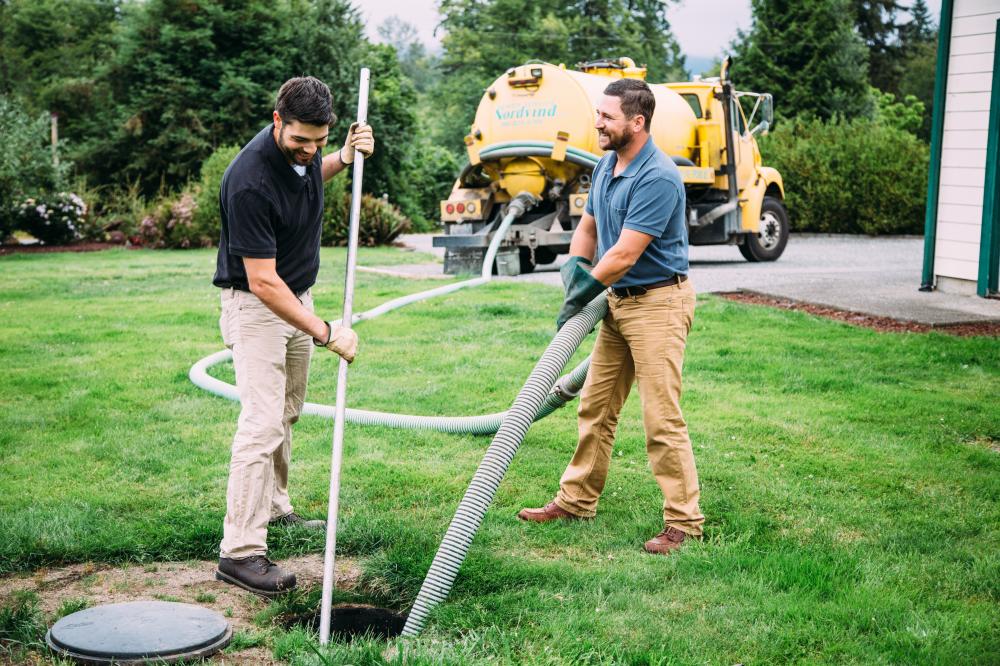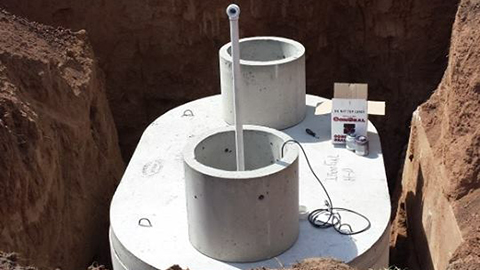Septic Tank Repair

Septic repair isn’t only an issue for individuals who live on a ranch or out in the city. You may be shocked to find what number of city occupants need Septic Tank Repair too. Most people who live in provincial regions likely have a septic system rather than a sewer association, yet septic frameworks are set up everywhere throughout the country.
Dealing with your septic system isn’t troublesome in light of the fact that even septic systems work effectively when you pursue a couple of fundamental rules.
Appropriate Installation
Have your septic system checked appropriately to stay away from issues down the road. When you apply for a structure license, authorities in your purview will play out a dirt test or a permeation test to affirm that the ground will bolster a septic framework.
Reviewers will likewise visit your structure site to confirm that the property has the conditions required for a nonproblematic septic system.
Try not to Overload It
You can complete a couple of things normally to keep your septic tank and system running easily. Check spigots and toilets for holes and make fixes if essential. Slither under your home intermittently or look in the storm cellar, on the off chance that you have one, to check for extra breaks.
Use aerators on spigots and stream reducer spouts on showers to help lower water utilization, and lessen water levels for little heaps of clothing. You may likewise consider purchasing vitality effective apparatuses. Hold up until your dishwasher is full to run your dishwasher or attempt a shorter dishwashing cycle that utilizes less water.
Utilize a displacer—even a block will work—to diminish the measure of water expected to flush the latrine. Even better, supplant the can with a cutting edge low-stream that saves money on water.

Discard Garbage Properly
Never flush feline litter, dispensable diapers, sterile napkins, tampons, paper towels, facial tissues, espresso beans, or cigarette butts and channels down the can. These kinds of things stop up septic tanks in practically less time than it took you to mix the espresso in any case.
Oil can stop up the septic drainfield, making it unthinkable for the dirt to retain fluids—not great. On the off chance that you pour an excessive amount of oil down the channel, you’ll need another drainfield, which can be expensive.
A trash transfer can twofold the volume of solids added to a septic tank. It is safe to say that you are certain you even truly need a refuse transfer? It’s truly very little progressively troublesome or tedious to rub plates into a plastic sack, tie it up, and drop it outside in the rubbish.
On the off chance that you supplant your transfer, pick a top-line unit that grinds nourishment into minor particles that are simpler for your septic framework to process.
Limit Heavy-Duty Cleaners
Abuse of uncompromising cleaners murders the useful microorganisms in a septic tank so solids won’t separate also. Best to stay away from them or use them as meager as could reasonably be expected.
Varnish, acetones, engine oils, gas, and other comparable synthetic concoctions can destroy your framework too, and they’re additionally a danger to groundwater. Store utilized perilous synthetics in suitable holders and discard them as per your purview’s risky waste laws.
Secure the System
Try not to roll over the drainfield, manufacture a structure over it, spread it with cement or black-top, or enable domesticated animals to wander over it. Do plant grass on it. This will limit soil disintegration.
Dishearten root harm by keeping trees something like 100 feet from the septic framework. Trees with exceptionally forceful roots, for example, willows, ought to be much more distant far from the framework.
A saturated drainfield won’t retain and kill fluid waste either. Plan your arranging, rooftop canals, and establishment depletes with the goal that abundance water is redirected far from the septic drainfield.
Perform Regular Maintenance
The well-known axiom that an ounce of avoidance merits a pound of fix is especially on target with regards to septic frameworks. Make sure to siphon.
Solids should dependably be siphoned from the tank inevitably. Numerous specialists educate that a family regarding four with a 1,000-gallon septic tank ought to have the tank siphoned following three to five years of full-time use. Different specialists state that you can go any longer between siphoning tasks, so don’t depend on the schedule alone.
At the point when the base of the filth starts gathering inside three inches or so of the outlet, or when the highest point of the muck is inside 12 inches, now is the right time. Check the status of the circumstance in any event once every year.
At the point when Problems Arise
On the off chance that your framework goes toes up in spite of all your persistent consideration and endeavors, you’ll know it. The signs are practically certain. Keep an eye—and your nose—on the drainfield. You may see sewage rising, and you should smell it. Be that as it may, not all indications of framework disappointment are promptly frightful. In the event that your grass there and undesirable weeds are all of a sudden developing like insane, this could likewise be an indication that something isn’t right.
Obviously, you’ll know there’s an issue in the event that you experience plumbing reinforcement. It doesn’t really need to be a finished logjam, either. A log jam in depleting and sputtering sounds can be pieces of information, as well. Keep precise records of each time you have your framework adjusted and when there’s an issue. It will come in exceptionally convenient whenever you need to call an expert for help.
Never endeavor to open a septic tank yourself if this isn’t your specialized topic. It contains hazardous gases and microscopic organisms.